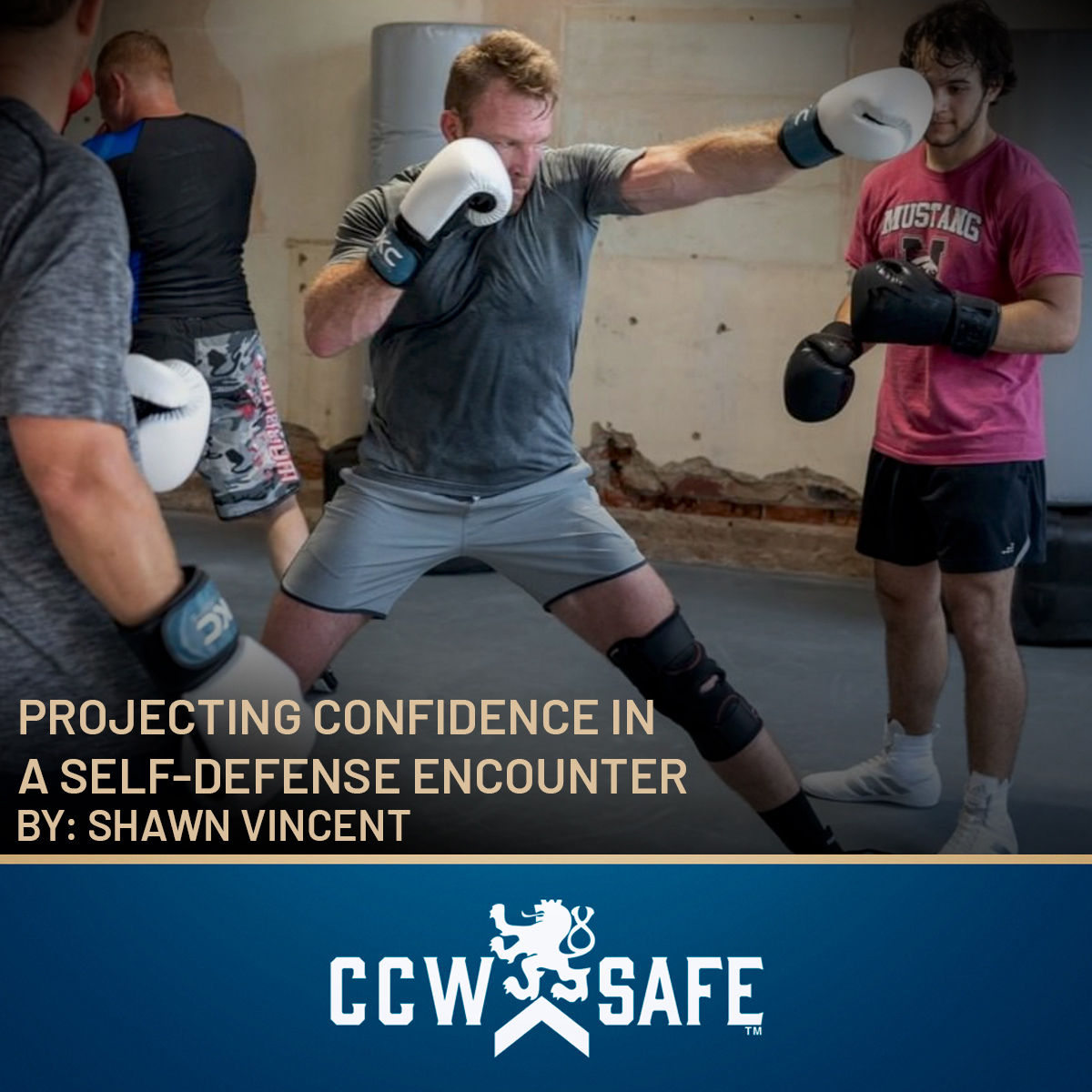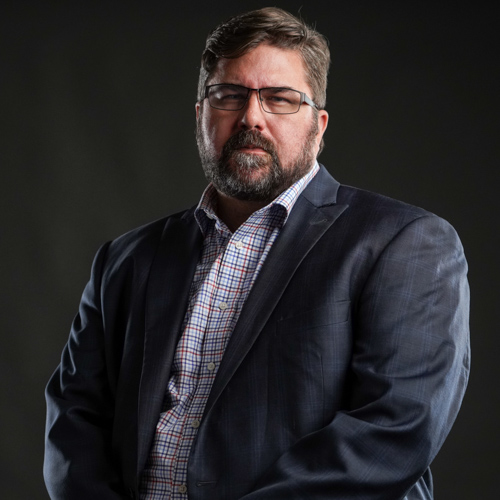
Posted on August 5, 2022
Projecting Confidence in a Self-Defense Encounter
Craig Douglas served in law enforcement for 21 years, with 11 years in narcotics and two spent as an undercover officer. During his career, Craig had countless encounters with dangerous criminals. While some of those encounters resulted in the use of force, most others ended without violence. Last week, we shared how Craig deploys verbal skills to manage unknown contacts and de-escalate potentially violent encounters – but it doesn’t matter much what you say as a concealed carrier if you aren’t able to say it with confidence.
“If you don’t want to sound panicked,” Craig says, “you can’t be panicked, and you actually have to be in control. Generally, the only way to connote that is if it’s real, and it’s only going to be real if you’ve prepared yourself.”
In a recent podcast, Craig told us that during his career, he’s had violence meted out on him, and he’s meted violence out on other people. “I’ve had enough violence in my life to where I don’t sweat a confrontation,” Craig says. Most concealed carriers don’t have the kind of personal experience with violence that Craig has, but there are ways to develop confidence in your ability to handle violence without getting into street fights with criminals. “The first time to feel that viscerality and that kind of terror is in a safe supportive training environment where it’s a simulation,” Craig says. Becoming a student of the martial arts is a good way to begin.
“I like Brazilian jujitsu for a whole lot of reasons,” Craig says. “It’s not all-encompassing, but it is one of the safest ways to experience fear and panic and to start learning how to cope with and manage those feelings.” Craig is the founder of ShivWorks, and the teaches soldiers, law enforcment officers, and civilians “integrated solutions for personal defense.” Firearms instructor and CCW Safe contributor Steve Moses has studied with Craig for years, and he notes that people can enjoy the study of martial arts regardless of age. Craig has had clients as old as 75 attend his Extreme Close Quarter Concepts (ECQC) training course, and they can hold their own during the exercises and leave with more confidence in their ability to survive a physical encounter.
As a concealed carrier, having confidence in your ability to survive a physical encounter is important because not all physical assaults justify the use of deadly force. For a shooting to be justified, a defender must believe they face an imminent threat of death or great bodily harm. While its true fists and feet can be used to maim and kill, in most cases, a punch to the face isn’t enough to end someone’s life, and it’s often not enough to qualify as great bodily harm – but who is willing to take that chance?
Don West, criminal defense attorney and National Trial Counsel for CCW Safe, says using a firearm against an apparently unarmed attacker opens the defender to increased legal risk. Don says, “It’s a harder case to defend when you’ve used a deadly weapon against someone who is unarmed or who is, at least, portrayed as not having a deadly weapon.” We call the challenge of a concealed carrier defending against an unarmed attacker the “armed defender’s dilemma.”
Knowing how to take a punch is one of the ways to solve the armed defender’s dilemma. While training with Craig, Steve Moses learned how to assume a posture that makes it difficult for an unarmed attacker to land a solid blow that would “knock you out or knock you down.” Craig calls this a “default position,” and he describes it as “a single non-diagnostic motor skill that keeps you conscious and mobile long enough to get in or get out.”
Craig explains that default position is “an asymmetrical head-cover where I frame my arms around my head in such a way that they’re almost like a helmet, they’re really close to my face and my neck, and I lock them down. I cover key areas: the temples, the hinge of the jaw, the sides of the neck, and I isolate the head from rotation.” When prior attempts to de-escalate or evade a potential threat fail, Craig’s default position allows an armed defender to survive an initial physical assault and gain an opportunity to either escape, deploy some sort of less-lethal force (perhaps taking advantage of some jujitsu training), or draw a pistol if the level of threat justifies the use of deadly force.
The lesson for concealed carriers is that knowing how to take a punch and having at least some experience with martial arts will make you more confident should you face an apparently unarmed attacker. Experiencing a little physical discomfort in the safety of a training scenario can help defenders understand that not all physical force threats rise to the standard of “great bodily harm or death” – which is required for the justification of deadly force. Also, a defender who has some martial arts experience will be able to project that confidence in their physical abilities, making verbal warnings more convincing, and more likely to discourage potential attackers.

SHAWN VINCENT- LITIGATION CONSULTANT
Shawn Vincent is a litigation consultant who helps select juries in self-defense cases, and he manages public interest of high-profile legal matters. If you have any questions for Shawn, or would like more articles like this, let us know through our Contact page.